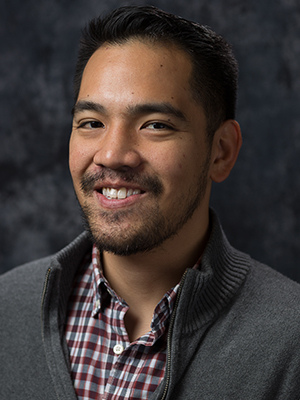PROGRAM
Details
Integrating Infrastructure-Assisted V2X Communication for Next-Generation Cooperative Autonomous Driving
Abstract: This talk explores how combining smart road technology and vehicle communication (V2X) can make self-driving cars (CAD) safer and smarter. It will discuss how roadside sensors and V2X can help cars understand their surroundings better and make safer decisions. The talk will also introduce projects like AutowareV2X and AutoMCM, showing how cars working together can make driving smoother and safer. Additionally, it will cover how roadside LiDAR can help cars know exactly where they are, even in tough situations. Overall, the presentation will show how these advanced technologies work together to make future driving safer, more connected, and efficient.
Mitigating Vulnerable Road Users Occlusion Risk Via Collective Perception: An Empirical Analysis
Abstract: Recent reports from the World Health Organization highlight that Vulnerable Road Users (VRUs) have been involved in over half of the road fatalities in recent years, with occlusion risk — a scenario where VRUs are hidden from drivers’ view by obstacles like parked vehicles — being a critical contributing factor. To address this, we present a novel algorithm that quantifies occlusion risk based on the dynamics of both vehicles and VRUs. This algorithm has undergone testing and evaluation using a real-world dataset from German intersections. Additionally, we introduce the concept of Maximum Tracking Loss (MTL), which measures the longest consecutive duration a VRU remains untracked by any vehicle in a given scenario. Our study extends to examining the role of the Collective Perception Service (CPS) in VRU safety. CPS enhances safety by enabling vehicles to share sensor information, thereby potentially reducing occlusion risks. Our analysis reveals that a 25% market penetration of CPS-equipped vehicles can substantially diminish occlusion risks and significantly curtail MTL. These findings demonstrate how various scenarios pose different levels of risk to VRUs and how the deployment of Collective Perception can markedly improve.
The Good, the Sparse, and the Ugly: Investigating the Impact of Corrupted HD-Map Features on Ego-Vehicle Localization
Abstract: This paper investigates the impact of a corrupted map on the quality of GNSS-free localization. Using a High Definition (HD) map, we gradually remove and shift features in space. From originally 200 features per kilometer, we randomly discard 90% of our map and introduce perturbations of up to +/-0.9m in each direction to our HD map features. Our evaluation is based on a GNSS-free LiDAR-SLAM, which utilizes panoptic segmentation to observe geometric primitives. In the back-end, a graph optimization is performed to estimate the vehicle’s and the landmarks’ position. Further, we also assess the impact of conducting pure localization instead of Simultaneous Localization and Mapping (SLAM). The effects are evaluated using Mean Absolute Error for accuracy evaluation. For stability assessment, we calculate two percentiles: one for deviations of 0.3m or less, and the second for deviations of 2m or less. We conduct real-life experiments with our testing vehicle which is equipped with a reference system based on RTK-GNSS. We use a commercial, standardized HD map of our suburban campus. Our findings aim to provide insights into the trade-offs between mapping effort, map maintenance, and accurate positioning. We demonstrate that mapping the environment enhances the stability of localization.










